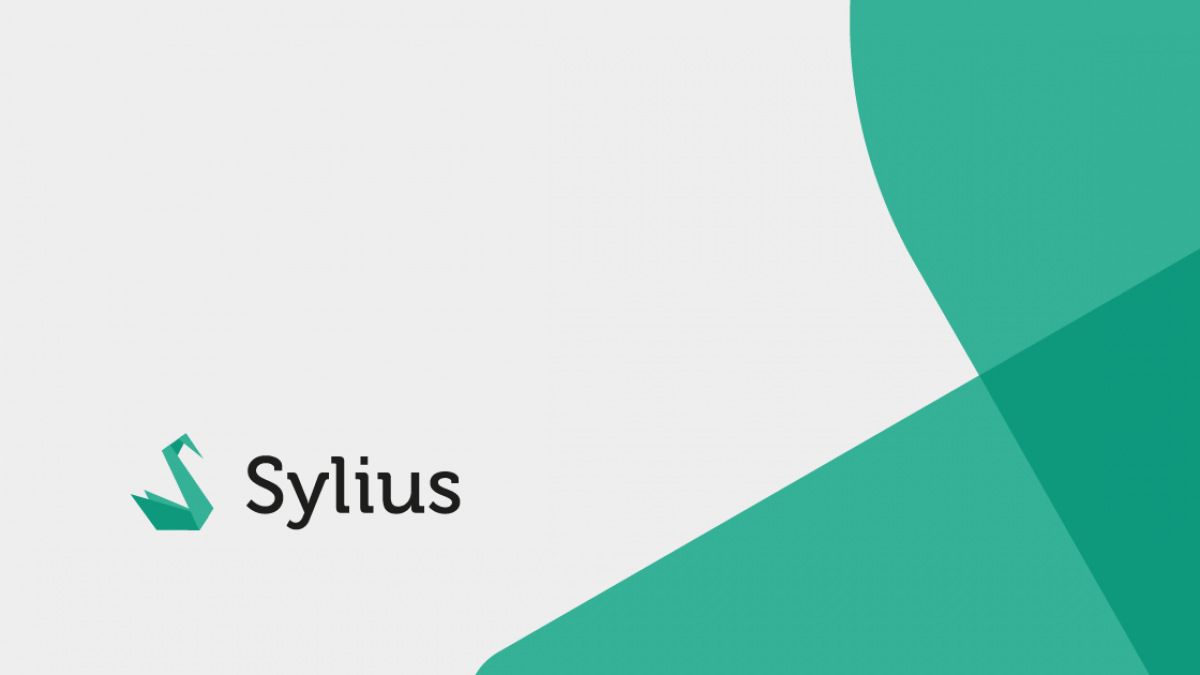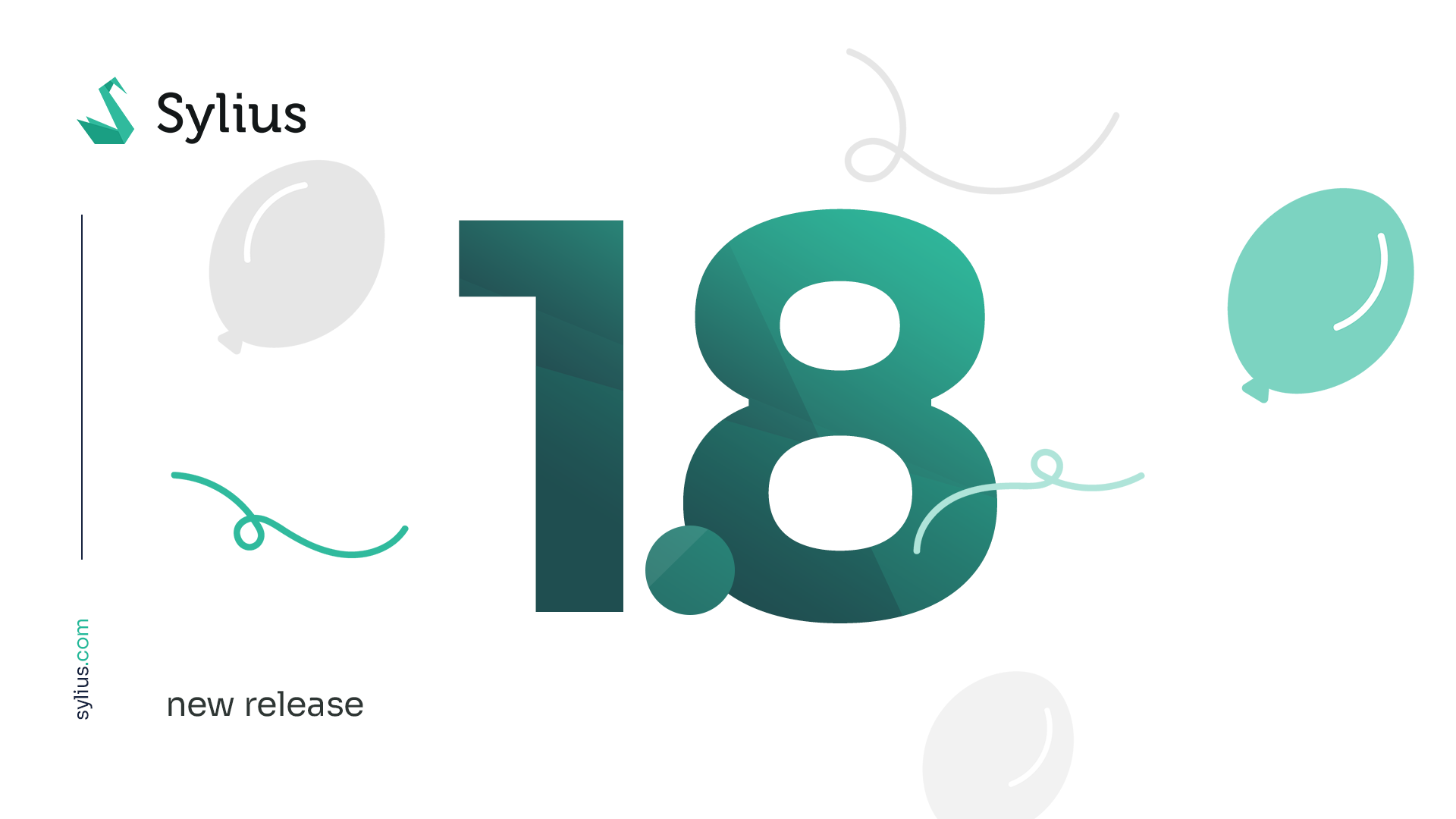
Thanks to the amazing Gonzalo Vilaseca from the REISS team, Sylius now has a translatable products catalog!
Obviously, the biggest new thing in this release is the internationalization feature. Your products, attributes and taxonomies can be translated into any language!
This is just the beginning for this feature and we plan to expand on it in the upcoming releases. Internationalization is an important component and we want to do it right.
The UI for entering translation is temporary and basically allows you to switch tabs in order to enter the data in a different locale. The plan is to improve the UX with a completely new version of our backend interface.
This release contains a lot of bug fixes, solved installation problems and general improvements. We highly recommend upgrading.
The i18n system is integrated with our SyliusResourceBundle, so you can translate any resource with ease, not only Sylius models.
Installing Sylius has not been easy recently, we have started moving very fast and a lot of things were updated and not documented.
I have worked on a brand new installer commands, which not only install Sylius, but can help you with some tedious tasks, like resetting your development instance.
$ app/console sylius:install # Runs all the commands below!
$ app/console sylius:install:check-requirements
$ app/console sylius:install:database
$ app/console sylius:install:sample-data
$ app/console sylius:install:setup
$ app/console sylius:install:assets # assets:install + assetic:dump
The commands are quite smart and can reset your database, schema and configure default currencies, locales & countries..
While we are still working on the OAuth authentication for the API, it is pretty functional already. You can find a quite detailed documentation here.
The API is based on the REST standard, has hypermedia links and supports both XML and JSON.
There is still a lot of work in terms of tweaking the API responses and request parameters, but today you can create and place orders, add products, users and much more.
With new versions, the API will mature more and more! Big thanks to Kristian Løvstrøm for extracting this work from my branch!
Sylius always had this clunky way of handling similar products – prototypes. With this release, we are introducing a much nicer feature, called Product Archetypes.
Thanks to the great work of Adam Elsodaney, you can benefit from this even outside of Sylius.
Archetype defines what kind of attributes and options a product has. Every product can now reference a single Archetype.
If you change the Archetype, all products of this type will update as well. What is more, archetypes build a tree, so you can have hierarchical product types. Sounds awesome?
You can also go to the list of archetypes and simply click the “Create product” button to view the pre-filled form.
From business perspective, I think Product Family name is a bit more clear and we will consider renaming it in the UI. The technical term shall remain “Archetype”.
In the development branch v0.14.x, I plan to merge my new Mailer component, which brings configurable e-mails to the backend and generally makes it super easy to send any e-mails. Yes, it is available standalone as everything in Sylius!
The other big improvement will be reports bundle, crafted by our talented team at Lakion!
There are many open PRs waiting in the queue and I hope to review them and merge to the core ASAP.
Yes, Sylius will definitely bump its requirement to PHP 5.4. We are still on the edge regarding the version bump to 5.5, but it is a possibility for 1.0.
In the meantime, please be prepared that in the coming weeks the minimum PHP version for Sylius will be 5.4. I will make a separate blog post about the topic.
You can install and try the latest Sylius by running the following commands:
$ composer create-project -s dev sylius/sylius:v0.13.0
$ cd sylius
$ app/console sylius:install
To start a new project on top of Sylius, use Standard Edition:
$ composer create-project -s dev sylius/sylius-standard:v0.13.0 acme
$ cd acme
$ app/console sylius:install
That’s it, new Sylius installer will guide you through the process.
Make sure that Sylius can write to app/cache, app/logs and web/media directories.
Want to help spread the news about the project? Take a minute to star our repository on GitHub.
As usually, huge thank you to all contributors and stay tuned for more!


